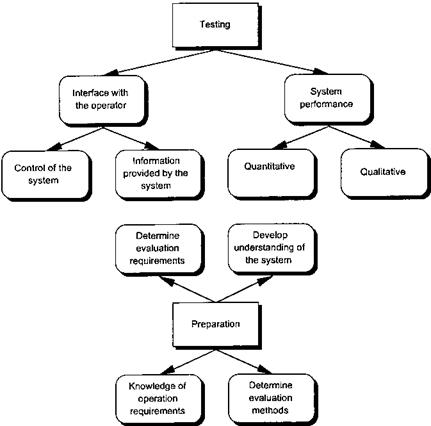Systems Testing
7.1 METHODOLOGY
All helicopters, whatever their role, incorporate a number of systems to enable the aircraft to fly. Even the simplest of helicopters have flight controls and powerplant systems. With modern military rotorcraft it is not an exaggeration to say that the aircraft is merely a means of taking the various systems to the required location. The recent policy of awarding prime contractor status to system integrators rather than helicopter manufacturers illustrates this last point.
The systems onboard a rotorcraft can be divided into two major categories. The first category contains those systems that are required to allow the helicopter to fly but which do not require significant interaction with the crew other than monitoring. Examples of this category include engine lubrication, hydraulics, and electrical systems. Testing of these types of systems is beyond the scope of this book. The second category comprises systems that do require significant interaction with the crew to enable the aircraft to accomplish the mission. Examples of major types of system from this category include:
• flight controls,
• stability augmentation,
• cockpit displays and controls,
• air data,
• powerplant(s),
• navigation,
• weapons,
• sensors.
The first system on the list, flight controls will not be covered further in this chapter as the test techniques have already been described. The last three systems are examples of systems that are not required for flight but are needed if the mission is to be conducted safely and successfully. The principles involved in testing these mission systems are covered here but a detailed examination is again beyond the scope of this book. Although the function, design and operation of aircraft systems may vary widely it is possible to define some common principles to employ when evaluating any system. It is convenient to divide these into preparation activities and test activities Figure 7.1 shows the principles.
|
Fig. 7.1 Systems testing methodology. |












